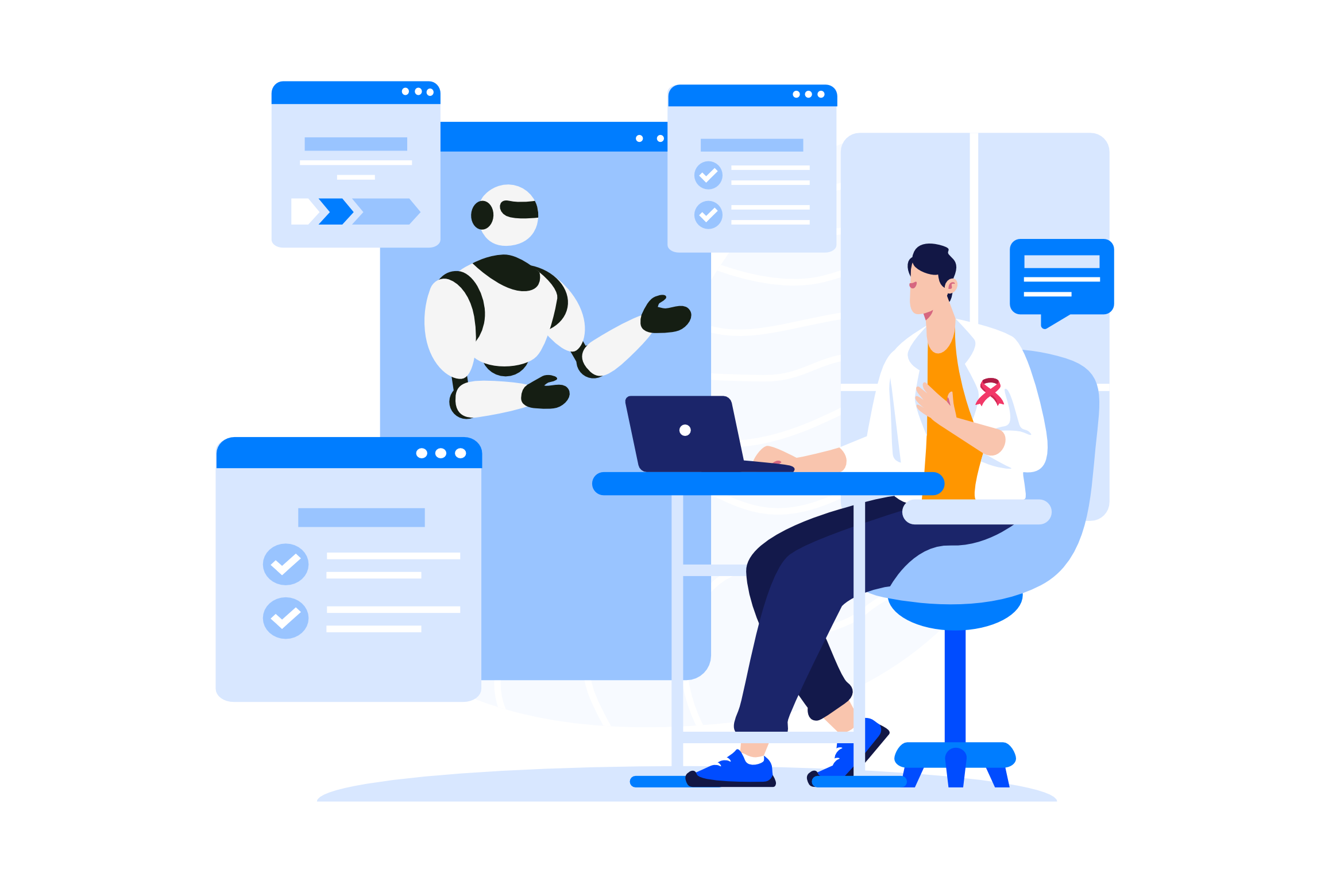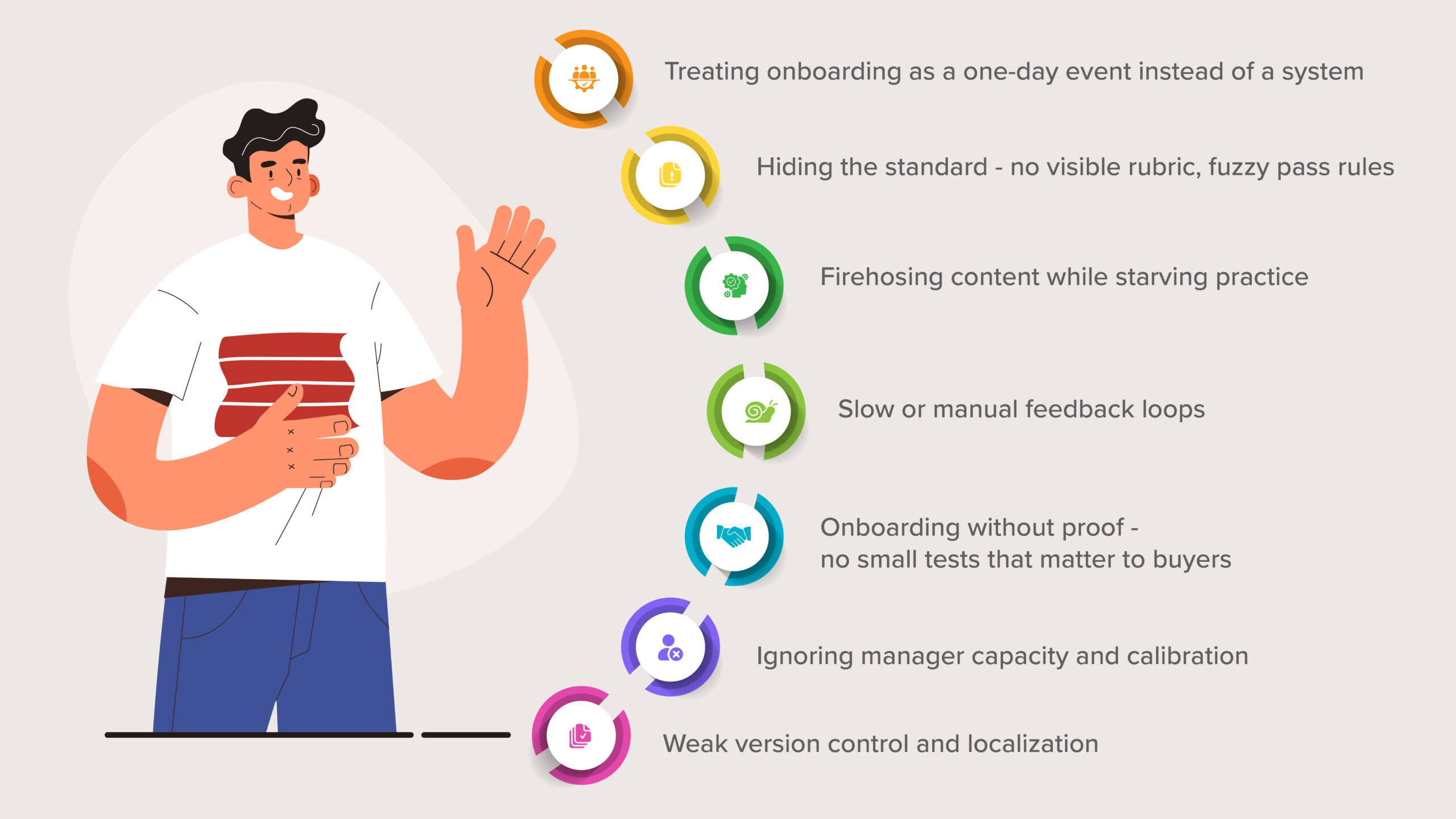Spaced Repetition and Microlearning: Two peas in a pod

Do you remember undergoing a full-day training program and instantly comprehending the content and recalling every detail even after years? Quite irrational a question, right? Unless one has got a computer-grade brain, their memory might need an extra boost. The same goes for training your employees. When it comes to new information, our brains have a strict ‘use it or lose it’ policy. And too often, training content is forgotten within the first hour of employees learning it.
It is a fact put forth by leading psychologist Herman Ebbinghaus in the late 19th century. He pointed out that humans have a definite learning curve as well as a forgetting curve. The learning curve describes the natural course of duration a new learner takes to understand a concept for the first time. Similarly, the forgetting curve shows the inevitable loss of learning that will occur when existing knowledge is not frequently reviewed for use.
Learn more about the Ebbinghaus forgetting curve.
This is a major issue for companies who invest heaps of time, money and careful planning into training their employees. So, what is a possible solution to this problem? If you are thinking about just-in-time learning support then you are absolutely correct. To achieve this just-in-time learning you need to implement two very effective learning approaches in your training – Spaced Repetition and Microlearning.
Let me explain what these two types of learning techniques are and how to use a combination of both to achieve higher knowledge retention.
Spaced Learning
Spaced repetition can be best explained with a simple example, such as taking care of a plant. If you don’t water your plant regularly enough, it will die. If you give your plant too much water at once, again, it will die. But water your plant regularly, with just the right amount of water, and it will grow strong roots and thrive.
Similarly, spaced education exercises the brain, by teaching and testing the same information more than once, over an extended period of time. This helps in keeping the learning consistent and on-going so that the learners do not forget it easily.
Microlearning
What do you do when you have to move a mountain? You could try to move the entire mountain at once and strain yourself or you could move rock after rock. Obviously the second option sounds good and smart, right?
Microlearning works the same way. When its too hard to digest mountains of training content, microlearning breaks it down into micro-nuggets of content (like twitter feeds) and delivers them to the learners at regular intervals. These short bursts of information can be in any form like plain text, short videos, infographics, pictures, etc.
This kind of learning technique appeals to the learners because of its flexibility. It consumes less time to learn any concept and is available to the learners on any device (phone, tablet, computer etc) right at the time when they need to learn.
Spaced repetition and Microlearning: A Winning pair to defeat forgetting curve
Why are spaced repetition and microlearning so entwined? Because spaced repetition and microlearning make a great pair to deliver just-in-time learning to the learners. While spaced learning provides consistent and ongoing training to the learners, microlearning offers short bite-sized information that is easy for learners to consume and recall. This bite-sized information can be presented in the form of twitter-like short text feeds, infographics, 2-minute videos or automated 5-question quizzes, all of which are accessible when employees need them the most.
For example, an insurance rep who has just received training on a new suite of products. They can access micro-learning lessons about those products when they meet with a client or when they compile policy documents. They can quickly access short and intuitive content on their mobile phones anytime, anywhere. Every time they relearn and recall that information, their likelihood of remembering it increases.
Let us now see how to implement Spaced Learning and Micro-Learning in corporate training:
Implementing Spaced Repetition and Microlearning

1. Chunk Information
This is the first step where we start by implementing microlearning. You break down the complex training content like lengthy PDFs, videos, documents etc into byte-sized information. Then these small chunks of information are delivered one after another, at regular intervals. This lets the learners absorb and digest the training content, easily.
2. Spaced delivery of information
This is where spaced learning comes into the picture. Once you break down the content into smaller chunks, deliver them at regular intervals to the learners. This helps the learners to progress at their own pace in their learning path and doesn’t overwhelm them with an overload of information at a time.
3. Give Creative repetition
Repeat, repeat, repeat. There is no better and effective road to proficiency than constant practice. When you send small bits of information regularly make sure to repeat some of the important information as well. This helps your employees to remember that information for a long time. However, the secret here is to repeat content without being repetitive. To do that – frame the same content in different formats such as videos, scenarios, games, and simulations.
This engages learners with the same content while giving them different learning experiences which reinforces knowledge.
4. Include Assessments
While it’s important to expose your learners to crucial information it is equally important to test their knowledge in between. Ask 2-3 questions per day to best catch the attention of learners. It immediately puts learners on guard and activates their mental processes. Assessments in learning aren’t just ways to review and gauge learners’ qualifications. It is an efficient way of repeating learned information, retrieving prior knowledge, and reinforcing it to build concepts.
Conclusion
In today’s fast-paced business world, it becomes extremely important for employees to learn the latest skills regularly and quickly. But, while they enthusiastically learn, it is also important that they remember what they learn and apply it correctly in their job. That is why you need to embrace training through repetition theory. Combine the 4 techniques mentioned in this blog to make a perfect implementation of spaced repetition and microlearning, and see your training have a lasting business impact.
Related Posts
AI Roleplay for Insurance Teams: Sales Training at Scale
AI Roleplay for Insurance Teams: Sales Training at Scale Today’s customer-facing insurance professionals face a landscape that’s far more complex...
7 Statistics that Demonstrate Continuous and Customised Coaching/Training is vital to Achieving Revenue Objectives
Benjamin Franklin once said “an investment in knowledge pays the best interest”, and we think Mr. Franklin got it spot...
On-the-spot training part-3: Benefits of adopting the on-the-spot training
Welcome to the third part in the series of blogs on on-the-spot training. In case you haven’t read the first...
Looking for a sales training software that takes your sales training to a whole new level?
Explore SmartWinnr’s Learning and Gamification features. Learn how to run fun and engaging sales training and sales coaching for your team through SmartWinnr.
Curious to learn more about it? Book a demo today!
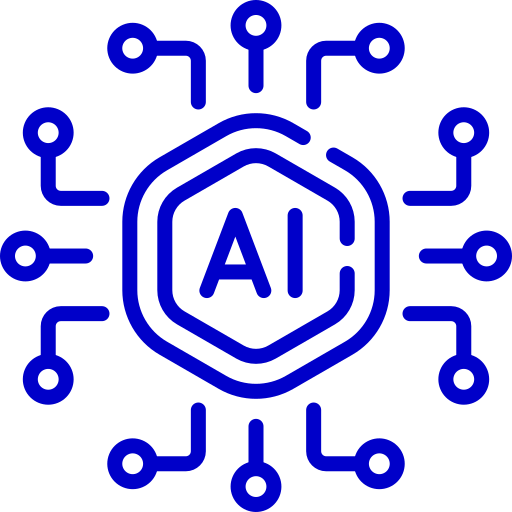 Two way AI Role Plays
Two way AI Role Plays Targeted Learning
Targeted Learning Gamification
Gamification Sales Coaching
Sales Coaching Sales Contest
Sales Contest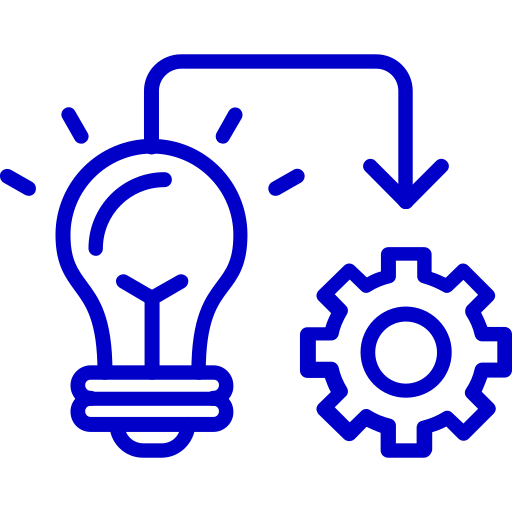 Implementation
Implementation Consulting
Consulting Enterprise Ready
Enterprise Ready Pharmaceuticals
Pharmaceuticals Medical Devices
Medical Devices Insurance
Insurance Banking
Banking Technology
Technology Senior Living
Senior Living Sales
Sales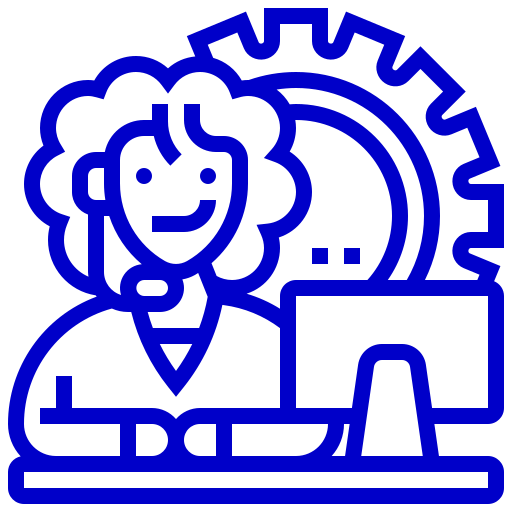 Call Centers
Call Centers Marketing
Marketing Improve Sales Productivity
Improve Sales Productivity New Hire Onboarding
New Hire Onboarding New Product Launch
New Product Launch Channel Partner Training
Channel Partner Training Sales Events
Sales Events Success Stories
Success Stories Whitepapers and eBooks
Whitepapers and eBooks Contest Template Designer Tool
Contest Template Designer Tool Sales Training
Sales Training Gamification
Gamification All Blogs
All Blogs